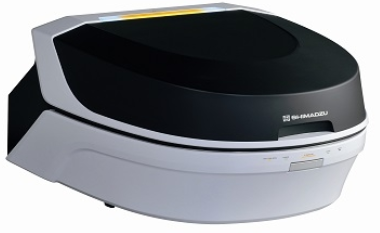News
PMI - COMPARING TWO TEST METHODS: XRF & OES
The production of standard alloys is an extremely essential element because standard types of alloys will provide safety as well as efficient operation, and also have a long shelf life and bring more economical, therefore the quality control of these alloys is extremely important.
With Positive Material Identification (PMI) the alloy composition, and thus, the identity of materials can be determined. If a material certificate is missing or/and you need to be certain about the type of material used. Because specifications for materials used in industry are increasingly more specific, the need for PMI testing has been steadily increasing. XRF and OES types of PMI are available, and both analysis techniques offer advantages and disadvantages.
|
Method |
X-ray Fluorescence (XRF) |
Optical Emission Spectroscopy (OES) |
|
Principles |
Instruments work by exposing a sample to be measured to a beam of X-rays. The atoms of the sample absorb energy from the X-rays, become temporarily excited and then emit secondary X-rays. Each chemical element emits x-rays at a unique energy. By measuring the intensity and characteristic energy of the emitted X-rays, the analyzer can provide qualitative and quantitative information regarding the composition of the material being tested. |
Using an electrical source to excite atoms within a metallic sample so that they emit characteristic light, or optical emission, lines – requires a small part of the sample to be heated to thousands of degrees Celsius. This is done using an electrical high voltage source in the spectrometer via an electrode. The difference in electrical potential between the sample and electrode produces an electrical discharge, this discharge passes through the sample, heating and vaporizing the material at the surface and exciting the atoms of the material, which then emits the element-characteristic emission lines. |
|
Sample |
Liquid, powder, solid ... |
Mainly alloy and metal |
|
Preparing of surface sample |
No need or simply |
Need grinding, lathe ... depending on the type of alloy |
|
Analytical range |
Wide, but not or difficult to analyze light elements like C (carbon) |
Wide, easy to analyze light elements with high accuracy and low detection limits |
|
Analytical environment |
Air, helium or vacuum |
Argon, can be analyzed without argon environment but not accuracy |
|
Application |
Widely available in many application such as electricity, electronics, mining, pharmaceuticals, petrochemicals ... |
Metallurgy, casting, automotive… |
|
Equipment |
EDX-7000 http://www.tecotec.com.vn/en/xray-fluorescence-spectroscopy/ |
PDA 5000 http://www.tecotec.com.vn/en/optical-emission-spectroscopy/ |
Source: ETA
Others
- TECOTEC GROUP ATTENDED SHIMADZU’S SERVICE MANAGER MEETING IN 2022
- TECOTEC HANDED OVER EDX-7000 X-RAY FLOURESCENCE SPECTROMETER AT NIDEC CHAUN CHOUNG VIETNAM
- INSTALLATION OF CHIP PROCESSING SYSTEM – LANNER/ GERMANY
- TECOTEC completed installation of EDX-LE Energy dispersive X-ray Fluorescence spectrometer at DYT Vina
- TECOTEC DELIVERED AND INSTALLED THE 2ND X-RAY FLUORESCENCE SPECTROMETER - EDX-LE PLUS AT TABUCHI
- TECOTEC Group has handed over PDA-7000 Optical Emissions Spectrometers for Nihon Plast Vietnam
- Bowman XRF Coating Measurement System For Electroless Nickel Plating
- TECOTEC DELIVERED AND INSTALLED SMX-2000 SYSTEM TO NIDEC TECHNO MOTOR VIETNAM





